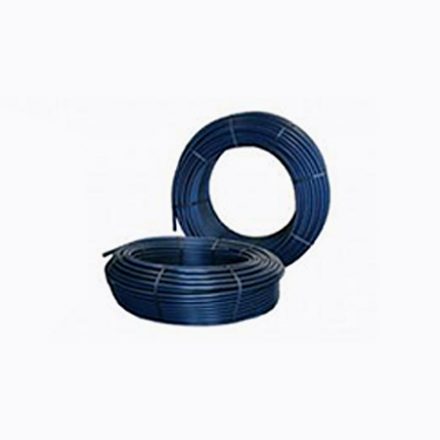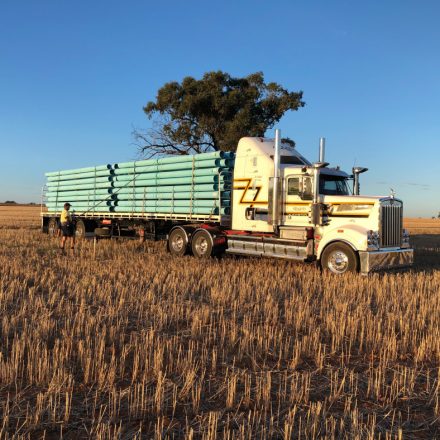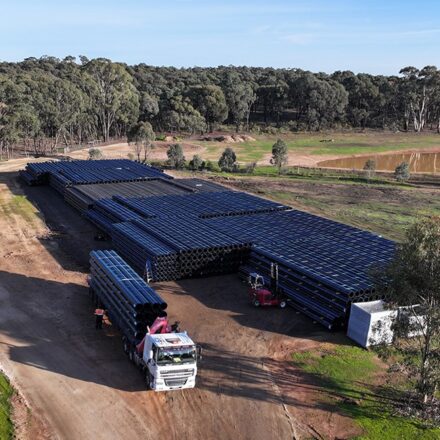
Polyethylene Pipe
Polyethelyne (PE) pipes offer durable and flexible solutions for a wide range of applications.
Clover Pipelines partnered with a civil contractor to future-proof the northern Surfers Paradise beaches as part of the local government’s Ocean Beaches Strategy. Developed with community input, the strategy prioritises the environmental, social, and economic benefits provided by the Gold Coast’s beaches.
Developed in light of community feedback, the Ocean Beaches Strategy considers the environmental, social, and economic value that the Gold Coast beaches bring to one of Australia’s most vibrant communities. With a constant rate of population growth, the strategy aims to deliver an unforgettable beach experience for locals and visitors while protecting public and private infrastructures from coastal hazards.
The implementation of the Gold Coast Sand Backpass pipeline aims to provide another layer of resilience against coastal erosion, while simultaneously supporting the local economy, and ensuring tourists and the wider Gold Coast community can enjoy a piece of the pristine Australian coastline.
The Backpass pipeline will integrate with the existing Gold Coast Waterways Authority (GCWA) sand bypass system at the Southport Seaway. The existing pipeline currently delivers sand to South Stradbroke Island. However, the addition of the 7.8 km pipeline will divert over 120,000 Cubic metres of sand—almost one quarter—of the annual sand allowance that reaches South Stradbroke Island, to the upper beach at Surfers paradise.
The northern beaches are regularly impacted by storms and king tides, often compromising infrastructure, and impacting beachgoers. The addition of the pipeline will ensure the northern beaches have improved resilience to storms, big swells, and other environmental events likely to cause coastal erosion.
The Backpass pipeline will recycle large volumes of sand back to the northern beaches, adding a buffer to the foreshore’s existing infrastructure. The additional pipeline will benefit the entire northern coastline without impacting the world-renowned swells at South Stradbroke Island and The Other Side (TOS) surf break;
To enhance the pipeline’s infrastructure and protect against coastal hazards—and to future proof the coastline for years to come—Clover manufactured, supplied, and delivered over 7km of high-density polyethylene pipes in varying diameters. Diameters included:
Our supply of HDPE, or high-density polyethylene pipe, is ideal for civil applications, commercial infrastructure, and water supply projects. Due to their high level of impermeability and flexibility, our polyethylene pipes are the logical choice for high-pressure pipelines.
Designed to handle high-velocity flow rates and withstand corrosive environments, the project scope required 4,600 metres of open trench, sand pipeline installation, over 4,500 metres of DN200 recycled water main pipeline installation and 1,300 metres of DN160 potable water main pipeline installations.
The design of the pipeline was crafted to not only benefit the businesses and community institutions of the northern beaches, but to protect the existing infrastructure protect from coastal hazards. With sea levels rising, and higher storm tides resulting in increased tidal inundation, the implementation of the Backpass pipeline ensures everyone can enjoy the beautiful northern coastline for decades to come.
Using DN450mm polyethylene pipe (PE100) and spanning 6.4 km underground, the upgraded water main runs out to the area’s Spit Jetty.
By installing DN450 high-density polyethylene pipes from the Spit Jetty to Narrowneck Beach, the diverted sand will minimise the trucking and dredging of material, ensuring that there is a consistent replenishment to the natural environment. Retaining the picturesque landscape—one that attracts over 11.5 million-day visitors to the Gold Coast annually—provides a significant social and economic impact on Gold Coast communities.
Throughout the duration of the two-phase project, Clover’s in-house engineering team were able to ensure all aspects of the supply package were supplied in full and on time. With managing such a large infrastructure project in a challenging landscape due to its iconic location between the city and the sea, the thorough communication and planning enabled the Clover team to meet the installation schedule on time and within budget.
The team at Clover Pipelines always go above and beyond to ensure the highest level of quality and service throughout the entire project duration.
The successful completion of the Backpass pipeline will build resilience against coastal erosion while maintaining the integrity of the natural landscape. As well as maximising the enjoyment for beachgoers, the project will protect multiple aspects of the Gold Coast’s northern beaches, as outlined in the Ocean Beaches Strategy—safeguarding an iconic Australian landscape for decades to come.

Polyethelyne (PE) pipes offer durable and flexible solutions for a wide range of applications.

Enhancing rural water infrastructure, supporting regional development and improving agricultural output in the Mandamah region, West of Barmedman, New South Wales.

Supporting rapid and sustainable population growth by increasing the capacity, reliability and efficiency of Bendigo’s water network.
Get in touch with our team for additional information on product pricing, technical data, project support and more.
Get in touch with our team so we can support the planning, source, and supply of your next project.
We endeavour to reply within 1 business day.
Thanks for getting in touch, we will respond as quickly as possible.
If you have an urgent matter, please call your nearest Clover branch.